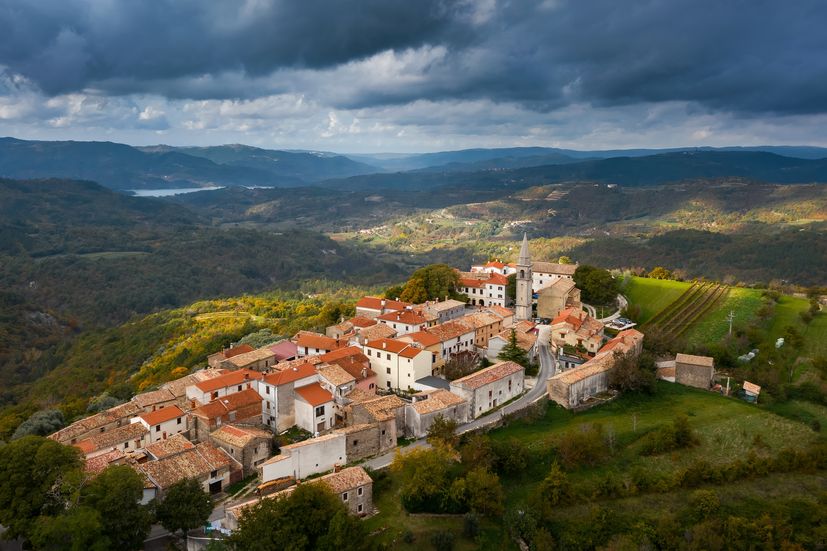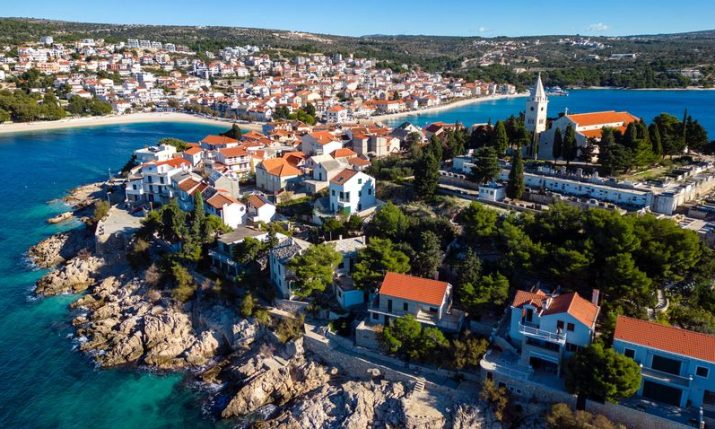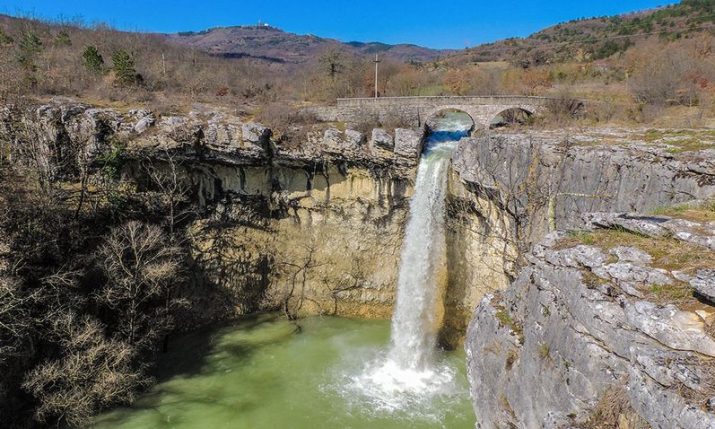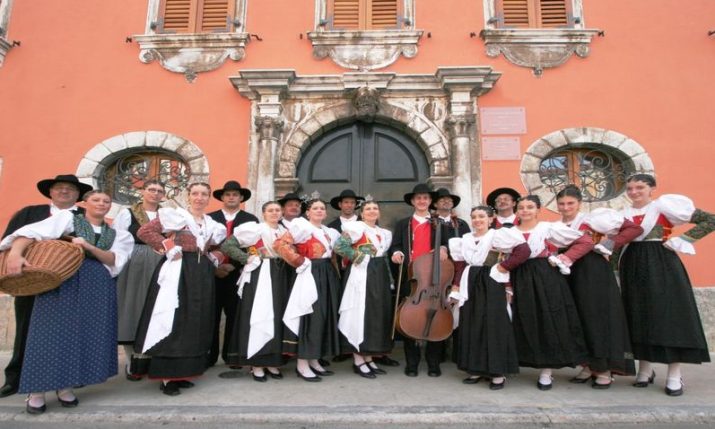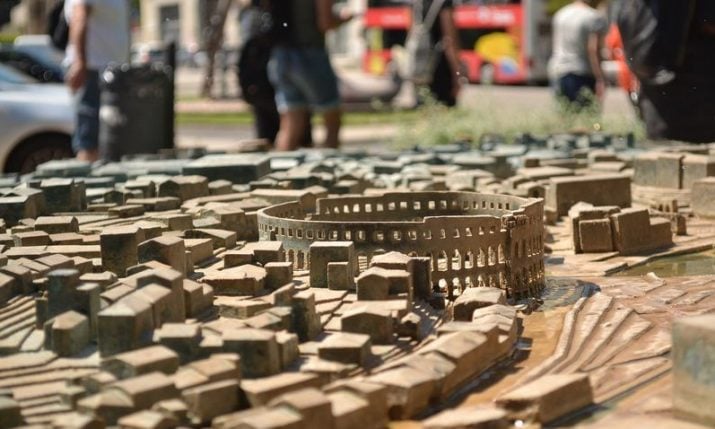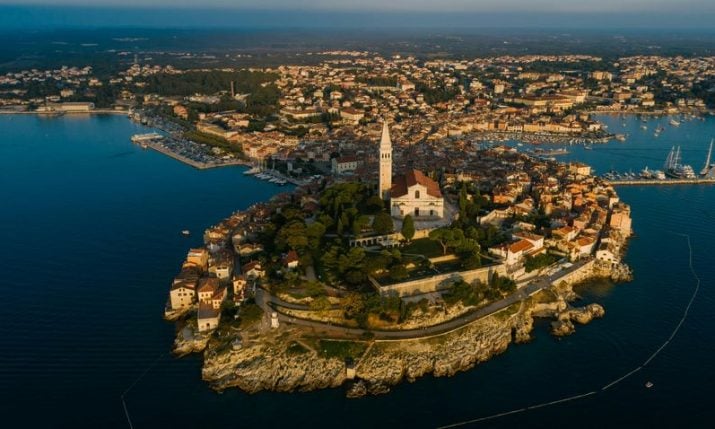Visiting the beautiful fortified Croatian village of Draguć
- by croatiaweek
- in Travel
Perched on a hill deep in the heart of the Croatian region of Istria, halfway between Pazin and Buzet, emerges a gem – Draguć.
Draguć boasts picturesque charm and well-preserved architecture and has often served as the backdrop for both local and international films and series, earning it the nickname “Istrian Hollywood”.
Draguć has served as the filming location for more than a dozen international and Croatian films over the last 40 years. In the film “Libertas,” it “played” Florence. Also scenes for “La Femme Musketeer” with Nastassja Kinski and Gerard Depardieu from 2004 were filmed there, as well as the 1995 film “Melita,” “Letači velikog neba,” “Mandrin,” “Suton,” “Marija,” and others.
Yet, Draguć is more than just a cinematic setting. Its elevated spectrum of churches adorned with frescoes and their sacred treasures attracts curious wanderers.
A Glimpse into History
The present-day Draguć evolved around the medieval fortress of the same name, seamlessly integrated into the architecture of later periods. However, there existed an even older Draguć, about 2 km to the east, on the summit of the highest hill in this part of Istria, known as Stari Draguć.
Research indicates that Stari Draguć was a Bronze Age Illyrian hillfort, one of the 350 documented in Istria. Standing at an impressive 503 meters above sea level, Stari Draguć distinguishes itself among them.
Draguć is mentioned in historical records as “Dravuie” in 1102, in a donation deed from the Istrian margrave Ulrich to the Aquileian patriarchs. Later, as part of the future Pazin principality, it belonged to the Gorizia counts and, in 1374, along with the entire principality, it passed to the Austrian house, namely the Habsburgs. Positioned at the border of their territory, Draguć was a frequent target for destruction. It faced attacks, fires, and ravages by the Turks (1483, 1511) and the Venetians (1421, 1508, 1511). In 1523, it became part of the Venetian Republic.
Draguć boasts several churches, including Sant’ Eliseo from the 12th century with frescoes from the 13th century, Madonna del Rosario built in 1641, and San Rocco e San Sebastiano with frescoes by Antonio da Padova in 1529.
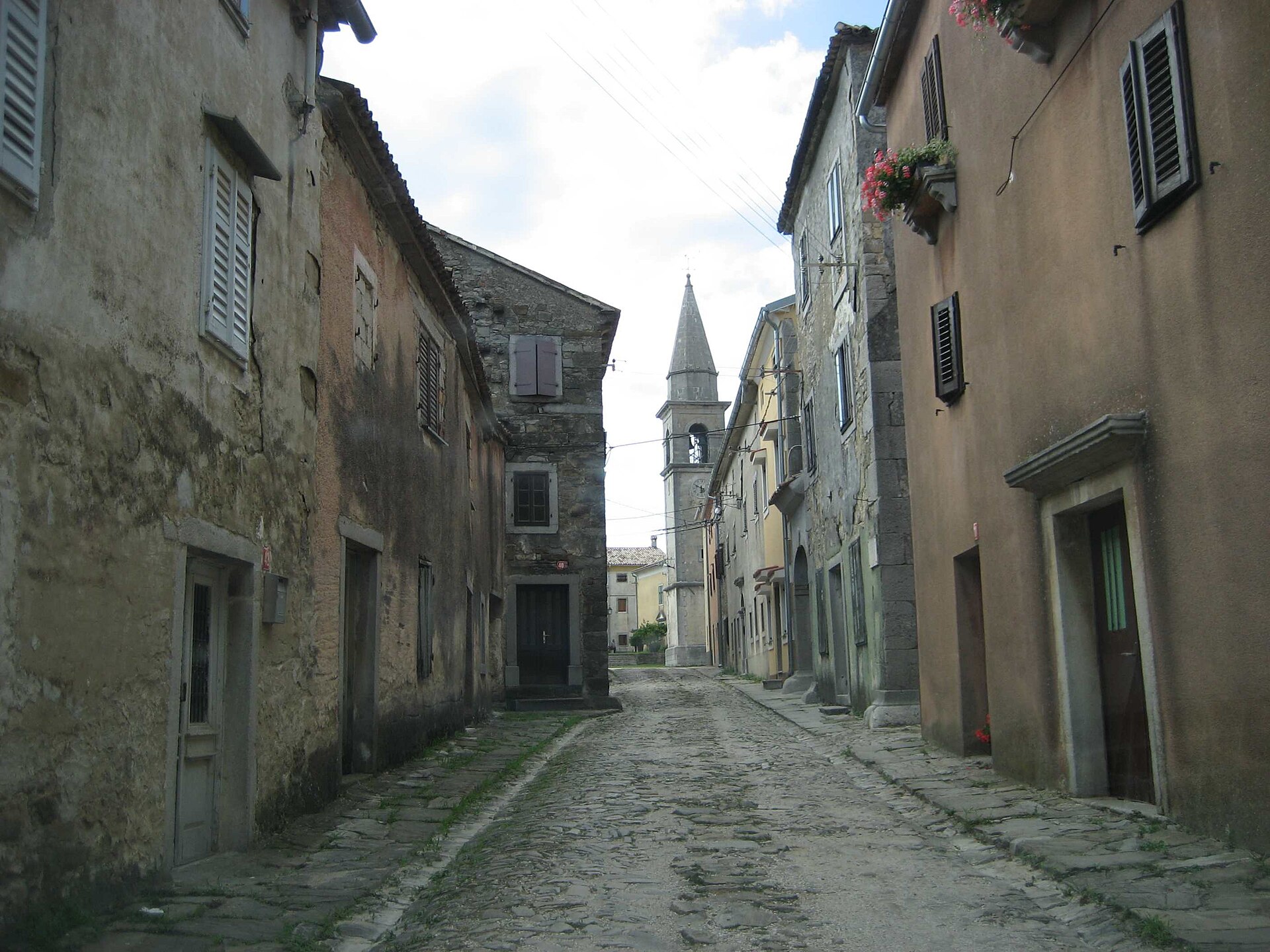
Draguć (Photo: Croq/CC BY-SA 3.0)
Not just a haven of history and culture, Draguć also takes pride in being the birthplace of renowned surgeon Antonio Grossich (1849–1926). In 1908, Grossich revolutionised surgical practices by introducing the application of tincture of iodine to treat the surgical field.
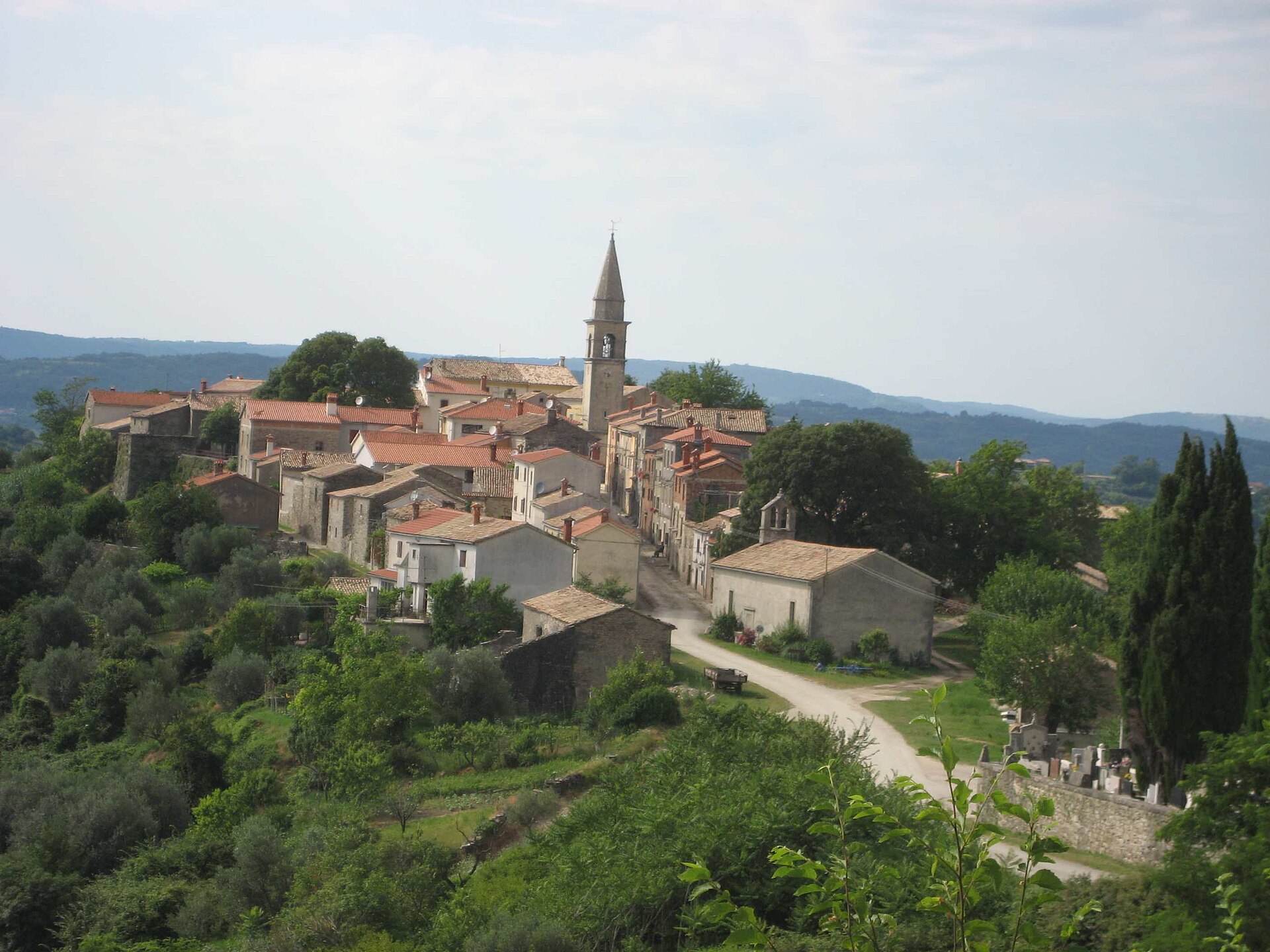
Draguć (Photo: Croq/CC BY-SA 3.0)
Next time you are in Croatia, discover the timeless allure of Draguć, where history, art, and natural beauty converge to create an unforgettable experience.

